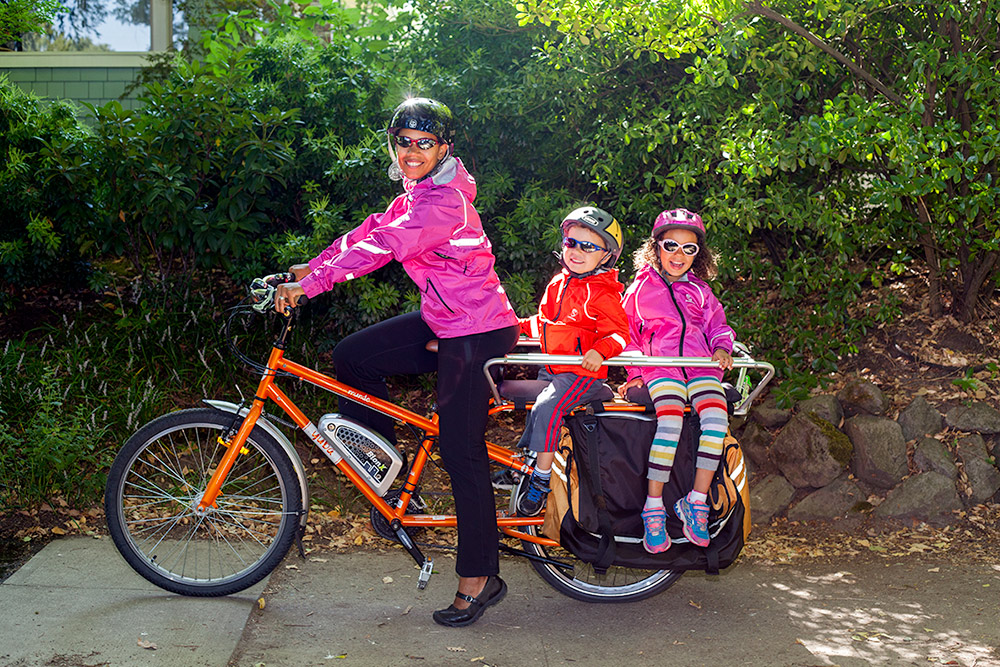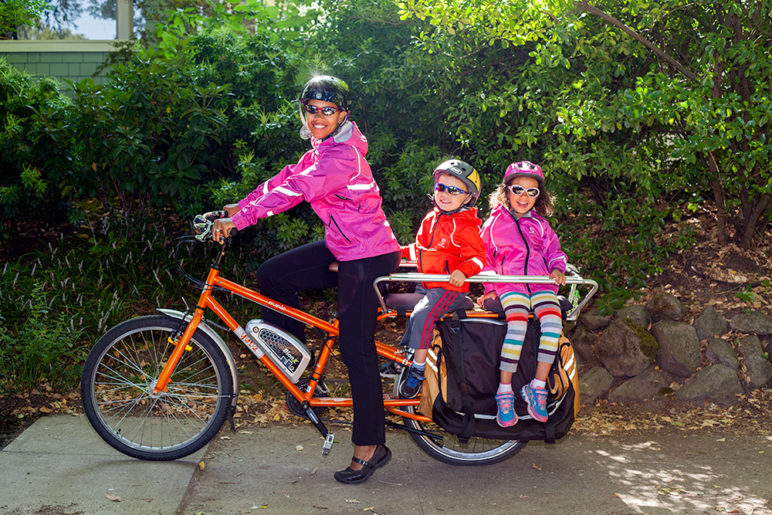Aven
This week, I found this story about a community successfully living without fossil fuels to be both heartening and inspiring, especially as my own family embarks on the process of acquiring our own little plot to try our hand at urban homesteading.
Also inspiring but less heartening is this story about the large carnivore researcher at WSU who has been silenced and punished by school administrators and state lawmakers for daring to suggest that culling wolves to protect livestock is ineffective.
I am very glad to read that scientists are finally suggesting that the rights of individual animals, not just species or populations, should be taken into account when making development decisions. Another interesting idea regarding animal welfare is the use of a “species royalty”, or a payment for using the likeness of a species in advertising, to pay for conservation efforts.
This chart is neither heartening nor inspiring, but is worth remembering as we head into what is likely to be an extended political battle over taxation and budgets once our legislators get back from their August recess.
Alan
One of my favorite items in Sightline Daily this week was this short piece about double-decker buses outfitted with sleeping pods that now compete with airplanes for travelers going between Los Angeles and San Francisco. Air travel is one of the hardest pieces of the sustainable transportation puzzle, because clean energy for jets is a technically challenging problem. The root of the issue is that extreme energy density is required of aviation fuels, so you pretty much need liquid fuels. Aviation biofuels hold some promise, but they have a steep hill to climb. And air travel is also the fastest growing form of transportation. Fast trains are the main lower-carbon competitor discussed for medium-range trips, but they cost billions of dollars to build—dollars unlikely to issue from any North American national capital anytime soon. Hyperloops fascinate the Buck Rogers fan in me, but intercity buses are—at present—by far the most energy-efficient form of passenger transportation around. (They’re actually lower in carbon emissions than trains in North America, partly because trains are big, heavy, and rarely full.) So the prospect of an overnight bus where you can sleep eight hours on the way from, say, Seattle to Missoula is inviting. Not to mention the nostalgia I feel for the six or so cross-country Greyhound bus trips (outfitted with nothing comfortable to sleep in!) I took as a young man, trying to get cheaply home from college and other Eastern places to the Cascadian summer. (And, I suppose, my guilty-pleasure love for this scene in The Fifth Element.)
Los Angeles urban researcher Lisa Schweitzer has an insightful analysis of why arguments for in-fill homebuilding in urban neighborhoods fight such an uphill battle. I’ve been thinking about this dynamic for more than two decades, and she taught me things. Recommended!
Eric
I’m never letting my son watch this video, but wow.
Bill McKibben had a disappointing op-ed in the Seattle Times. He’s absolutely right that natural gas is not a climate-acceptable substitute for coal, but he weakens his argument by citing only outlier figures, like a 9 percent leakage rate (found in one study and inconsistent with the bulk of published literature) and asserting that methane has 80 times the global warming potential of carbon dioxide (which is true only on a very short time scale). He could stick to numbers that have broader scientific consensus and applications—leakage rates in the 3 to 6 percent range and a global warming potential for methane of around 28 times that of CO2 on a 100 year time frame—and arrive at the same point on much firmer footing.
Here’s an excellent data visualization tool showing global temperature anomalies from 1900 to 2016.
Boo to the New York Times for its asinine “How To Stay Safe in the Great Outdoors” feature. It’s a quiz about how to handle bears and snakes and sharks, exactly that sort of nonsense that perpetuates our irrational fear of large carnivores and the wild places they depend on. Animal attacks in the US are so statistically rare that they may as well be nonexistent. (I will admit that in some places you may get a tick.) The main tips people should have to stay safe in the outdoors are: stay warm and hydrated, don’t fall off things, and don’t crash the car on the way to your adventure. I’ll bet that cover about 99 percent of the actual harms experienced in the great outdoors.
I recently re-discovered Gary Snyder’s Cold Mountain Poems, translations of a 7th century Chinese mystic. Here’s one I’ve been meditating on this summer:
Once at Cold Mountain, troubles cease—
No more tangled, hung-up mind.
I idly scribble poems on the rock cliff,
Taking whatever comes, like a drifting boat.
Anna
The Atlantic has another in a new (and necessary, IMO) genre of long-form thought-pieces: the dissection of the American epistemological crisis.
Fewer immigrants means more jobs for others? Economists say not.
Check out a documentary and a Canadian compilation of historic recordings that celebrates often overlooked and forgotten First Nations musicians who played all kinds of music—folk to rock and all infused with native cultural context. Also worth a listen: CBC Radio’s indigenous music show, Reclaimed.











Patrick Mazza
I coauthored a book recently released by Backbone Campaign, Solutionary Rail, http://www.solutionaryrail.org , a proposal for high-speed passenger and freight with a state-based public funding proposal. It would electrify primary lines with renewable energy, modernize tracks, and increase passenger speeds up to 125mph and freight up to 90mph. Notice these are not bullet train speeds. Very high speed passenger rail, 180mph plus, is massively expensive and lines do not carry freight. Our higher speeds can be done by retrofitting existing lines at a reasonable price, not building ridiculously expensive new ones. These speeds would draw freight back from trucks and make passenger rail highly competitive with air on trips in the 300-mile range. Probably draw some on longer hauls who are willing to take a little more time, and appreciate the gracefulness of train travel and downtown-to-downtown links. Might not even have to be irradiated to get on board! Yes, for longer journeys we need truly sustainable aviation biofuels. See another project in which I am involved, NRDC’s Aviation Biofuel Scorecard. https://www.nrdc.org/sites/default/files/aviation-biofuels-sustainability-report-2016.pdf. 2017 version out soon.